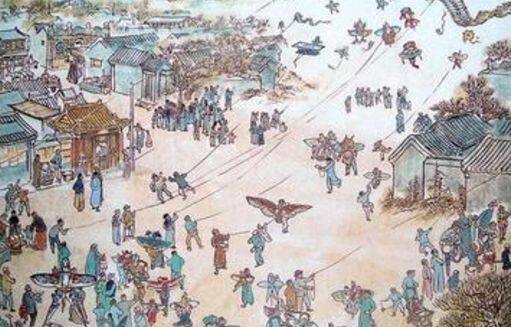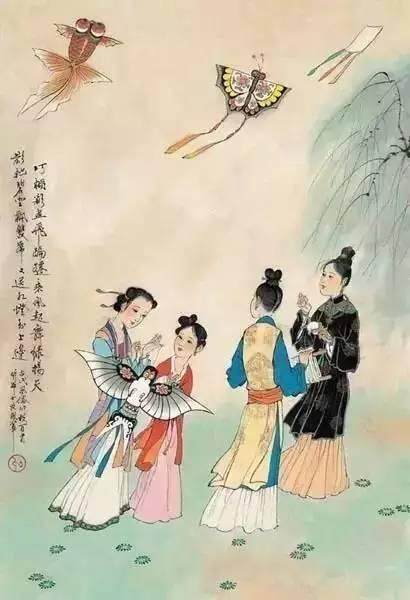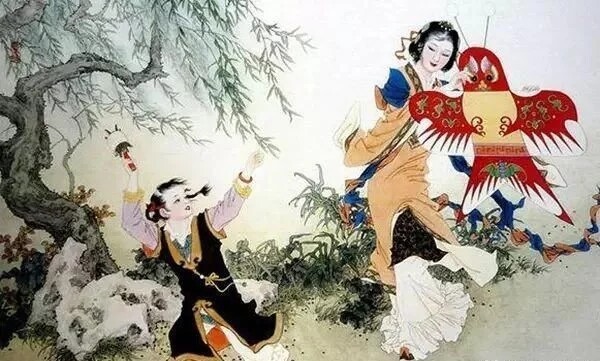- It was born during the Eastern Zhou Dynasty more than two thousand years ago. Since ancient times, kites have been liked by many people

"Mozi was a wooden kite, born in three years, and defeated in one day." According to legend, Mo Zhai first made a wooden bird made of wood. It took three years to complete, and it flew in the air for a day and dropped. Down. This is the origin of the earliest kite that mankind can find.

Later, Mozi taught his student Luban how to make kites. It is recorded in the historical classic "Mo Zi Lu Wen Pian" that Lu Ban continued the master Mo Zi's ideal and design of flying birds, abandoning the material of wood, and instead used lighter bamboo as the skeleton.
Luban split the bamboo into thin slices and bended it with fire to make it look like a magpie, called a "wood magpie." This wooden magpie flew in the sky for three days. Luban was good at making weapons for siege. After being invented, the wooden magpie was used in siege. It is recorded in "Old Things of Zhugong" that Lu Ban "tastes as a wooden kite and takes advantage of it to see Songcheng".
Kite was also used in wars. In 190 BC, when Chu and Han were fighting, Han Xin used the kite to measure the tunnel distance under Weiyang Palace.
In the subsequent battle with Xiang Yu in Gaixia, Xiang Yu's army was besieged by Liu Bang's army in Gaixia. Han Xin made a kite out of cowhide and installed a bamboo flute. The kite rang in the wind and Liu Bang's army sang collectively in the sound of the bamboo flute. After Xiang Yu heard the song of Chu in the Han army, he thought that Liu Bang had already occupied the Chu land, which led to a lack of morale. This is also the story of the idiom "besieged on all sides".

During the Five Dynasties, the "Hou Jing Rebellion" occurred in the Southern Dynasties. Emperor Liang Wu was besieged and he flew a kite to ask for help, but the kite was discovered by the rebels and shot down.

The kite originated in the Eastern Zhou Dynasty in China. After the development of the past generations, it has become a popular entertainment method. In fact, in the fifth century BC, the ancient Greeks also invented the kite, but it was lost due to various reasons. In the 13th century AD, during the Yuan Dynasty, the Italian traveler Marco Polo came to China to travel, and when he returned to Europe, he also brought the kite making method back to Europe.

In other words, the kite was invented by the working people in ancient China. How about, are the ancient Chinese people very wise? Editor/He Yuting
Comment
 Praise
Praise
 Collect
Collect
 Comment
Comment
 Search
Search














Write something~